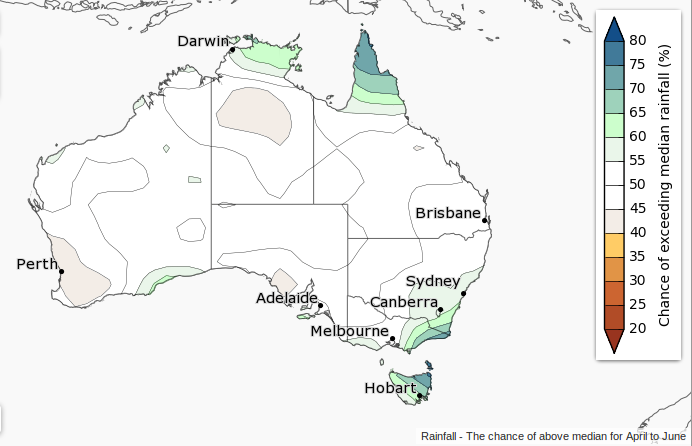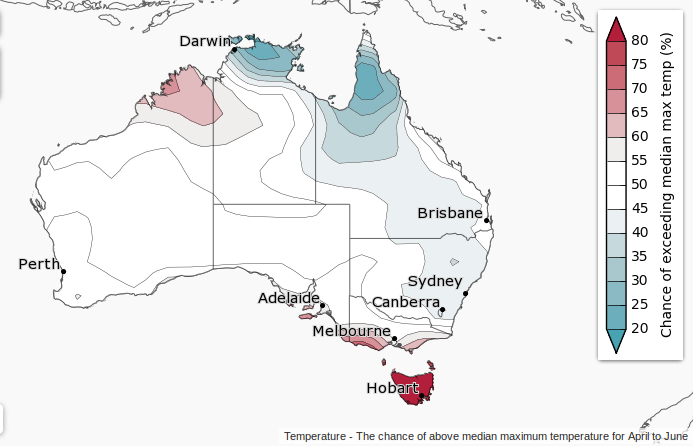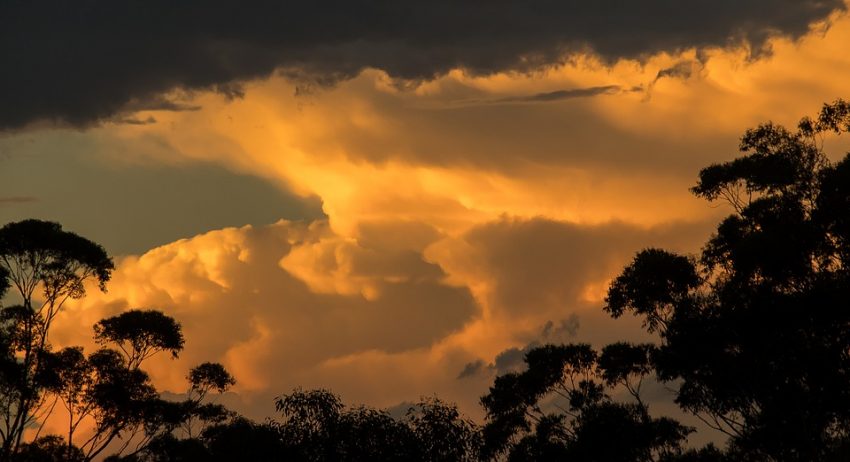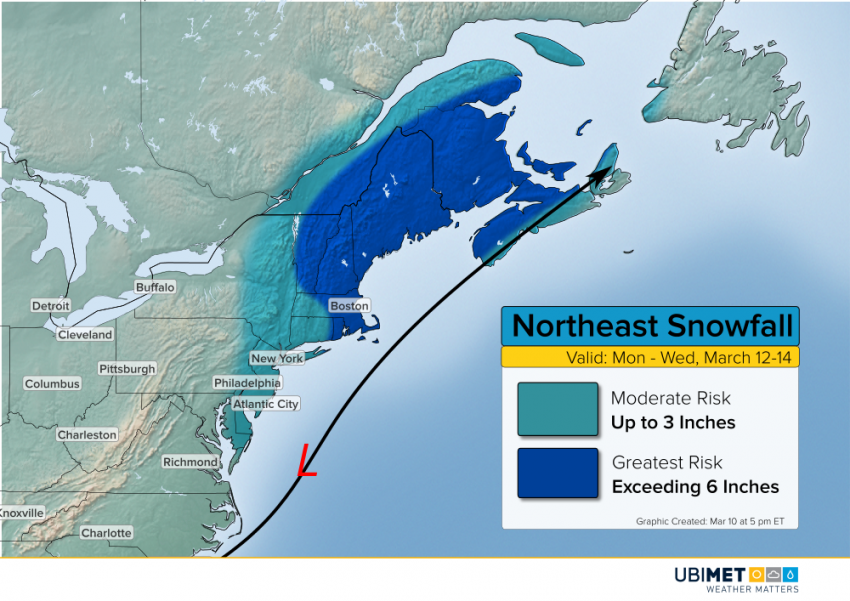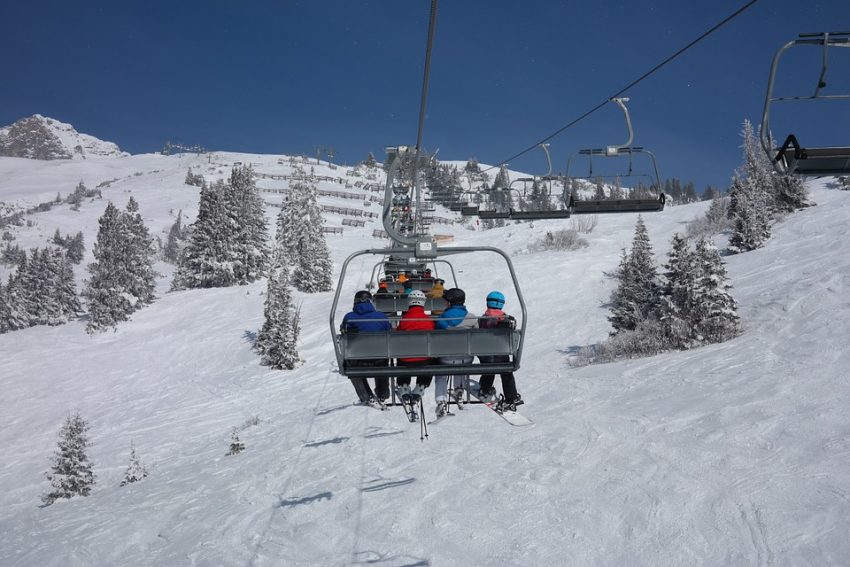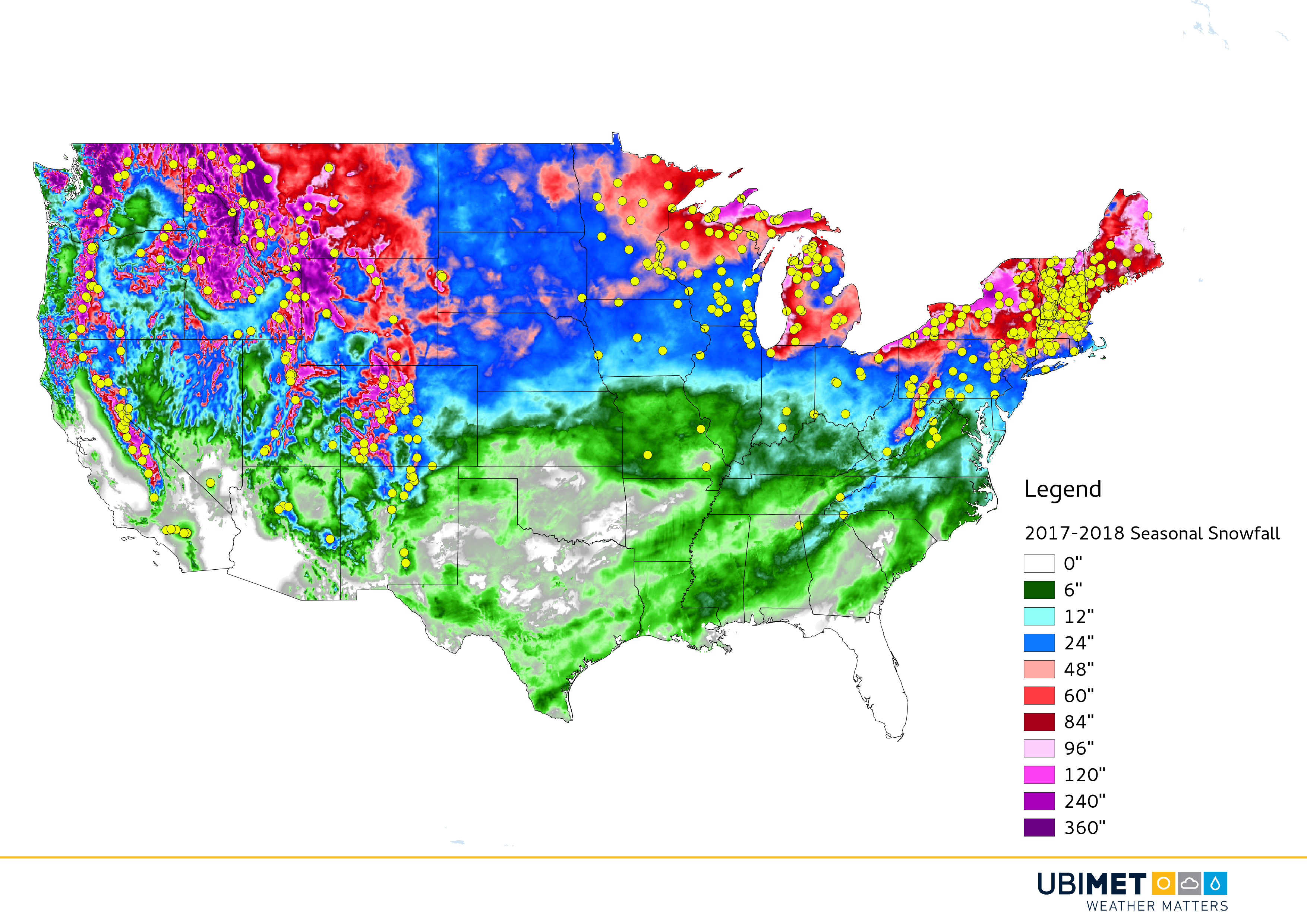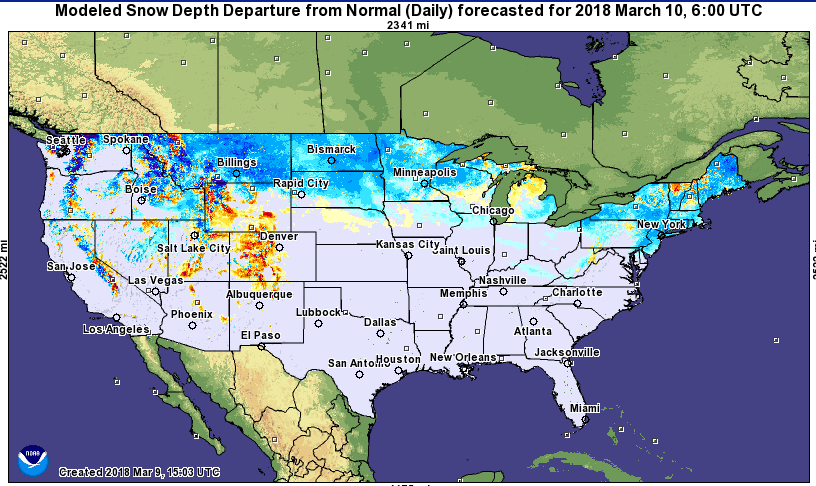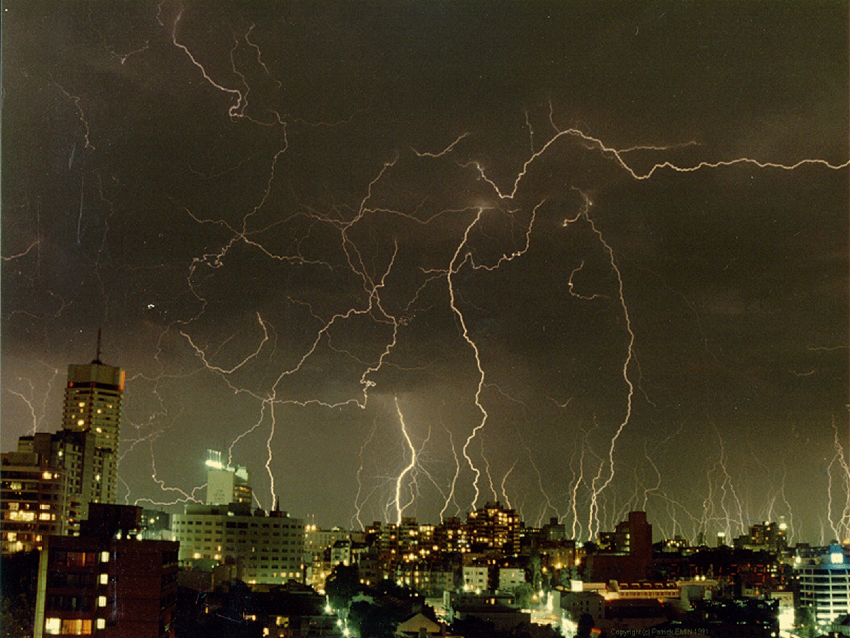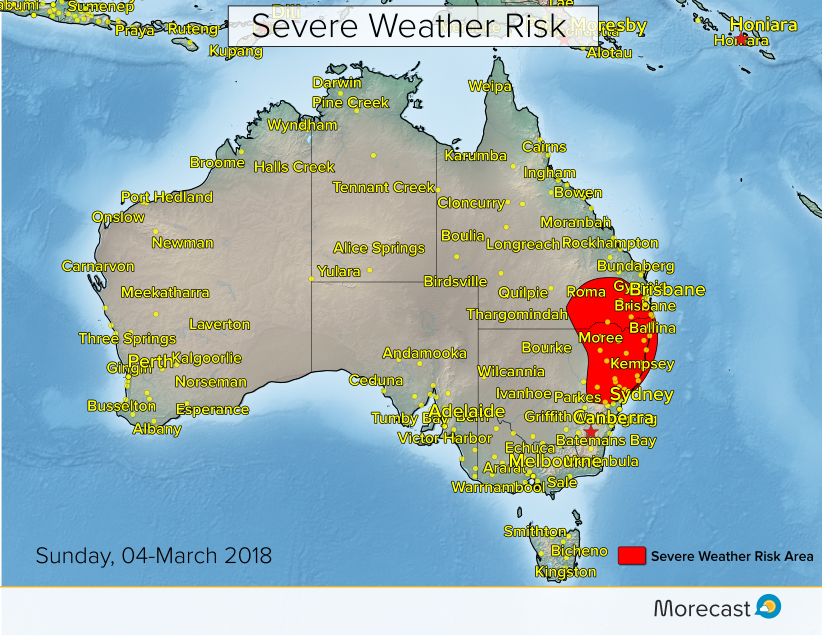Near-Normal Weather Ahead Thanks to Neutral ENSO
Rivers in northeastern Queensland are only now starting to recede from major flood levels due to torrential rain earlier this week. Many stations reported more than 500 mm in the space of four days, on the heels of one or more heavy rain episodes earlier this month. Fortunately, the forecast looks promising for drier conditions as we head into the autumn.
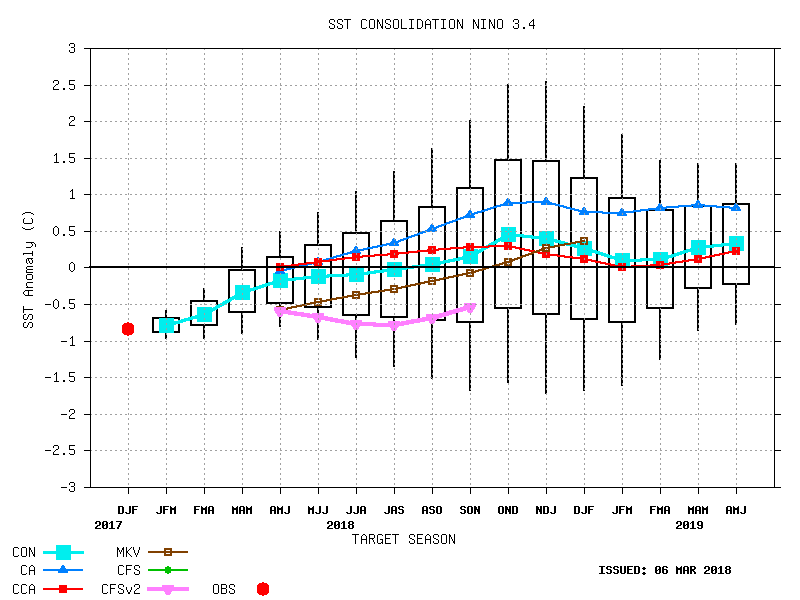
Currently, the El Nino-Southern Oscillation (ENSO), a pattern of Pacific sea-surface temperatures that has significant effects on worldwide weather, is in the negative phase. Otherwise known as La Nina, this pattern typically results in wetter-than-normal conditions, especially over the northern third of the country. The forecast for ENSO in the next month is for the index to transition from La Nina towards neutral (see graph above). The maps below show the likely result, near-normal precipitation across much of the country. The exception may be the far northern tropics and the far southeast, including Tasmania. Near to just above normal temperatures can also be expected for portions of the northwest and southeast, with cool temps over the northeast. The graphics below are provided by Australia’s Bureau of Meteorology.
